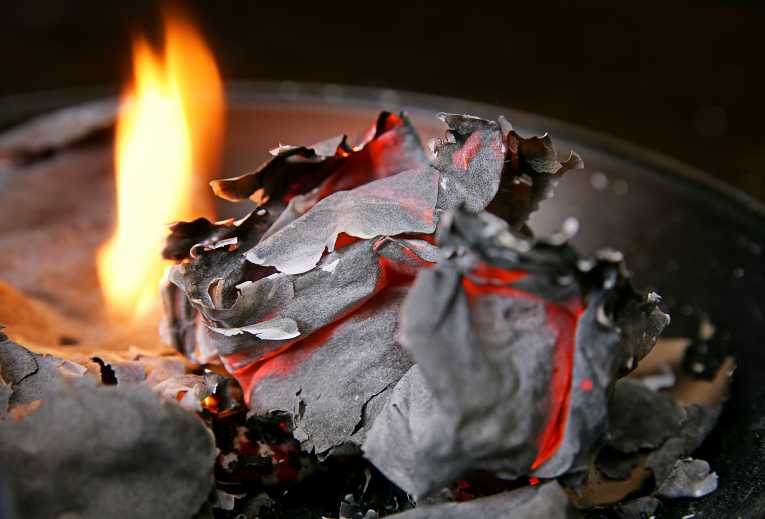A team of Italian researchers have developed a low-cost technique for extracting valuable elements from fly ash produced by Municipal Solid Waste Incineration (MSWI).
MSWI reduces the volume and weight of social refuse and generates power as it is burnt. The resulting fly ash contains a variety of sought-after elements, including silica, aluminium, iron, calcium and bromine.
However, it also contains elements of lead, zinc, mercury and cadmium (among other heavy metals), making it a hazardous waste material and as such it is predominantly sent to landfill. It's been thought that fly ash would help to improve the properties of cement, but the danger of metals leaching into the environment is too high.
Previous attempts at turning fly ash into a safe substance have included diluting it with blast furnace slag, thermal treatment and vitirification (turning it into glass), washing and solidification, but these processes only serve to create further waste.The new research saw the introduction of colloidal silica to the mix, where samples of fly ash from sites in France and Italy were suspended in silica solutions for an hour before being dried into a powder called COSMOS.
Leaching tests subsequently revealed that a far lower amount of zinc leached from the COSMOS sample than the raw ash sample, and that no leached lead was detected at all.
Any soluble salts in the COSMOS material were washed out after the metal stabilising process, meaning both the salts and COSMOS would become available as secondary materials. Furthermore, as carbon dioxide is sequestered during the COSMOS production, this could have positive implications for carbon credit trading.
MSWI ash is pH 12 and contains a large amount of electrolytes, which creates preferable conditions for undertaking the COSMOS process in such a way as to safely and effectively reuse materials. If the technique is developed effectively, fly ash would become a safe and useful additive to cement after all. Furthermore, the material reuse would reduce the demand and exploitation of natural resources.










